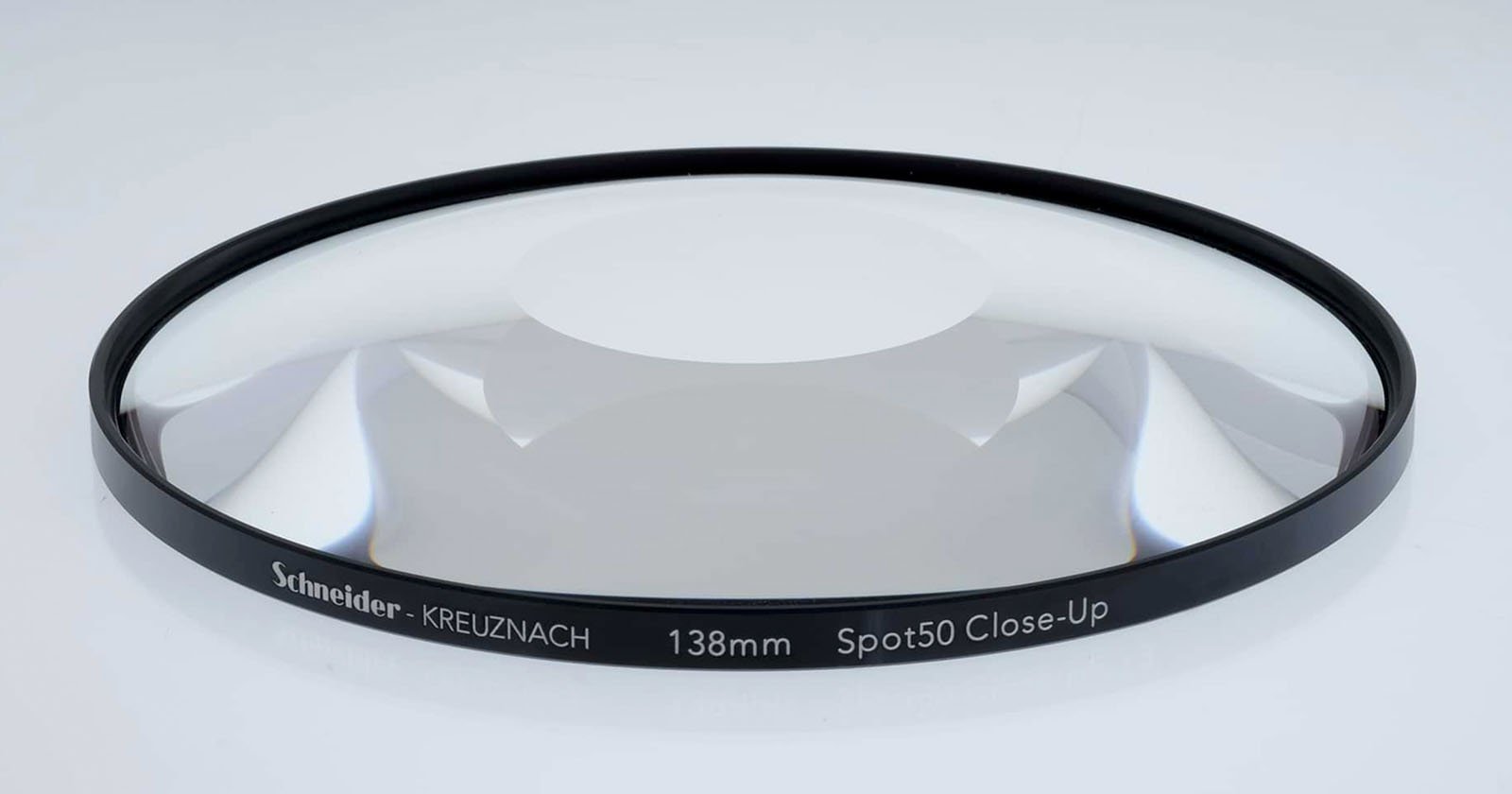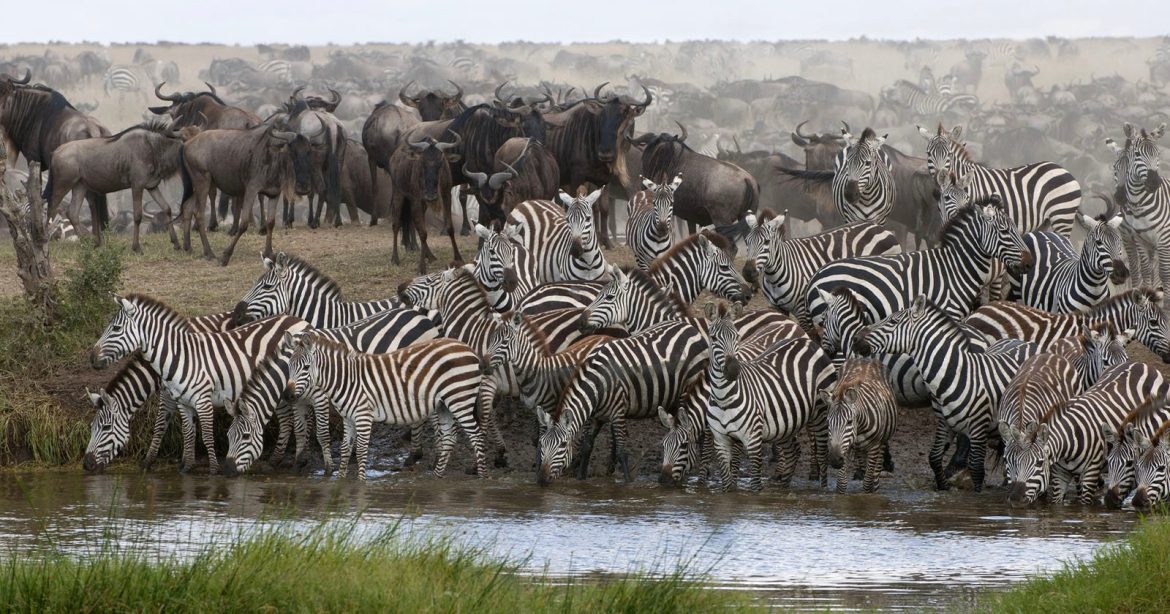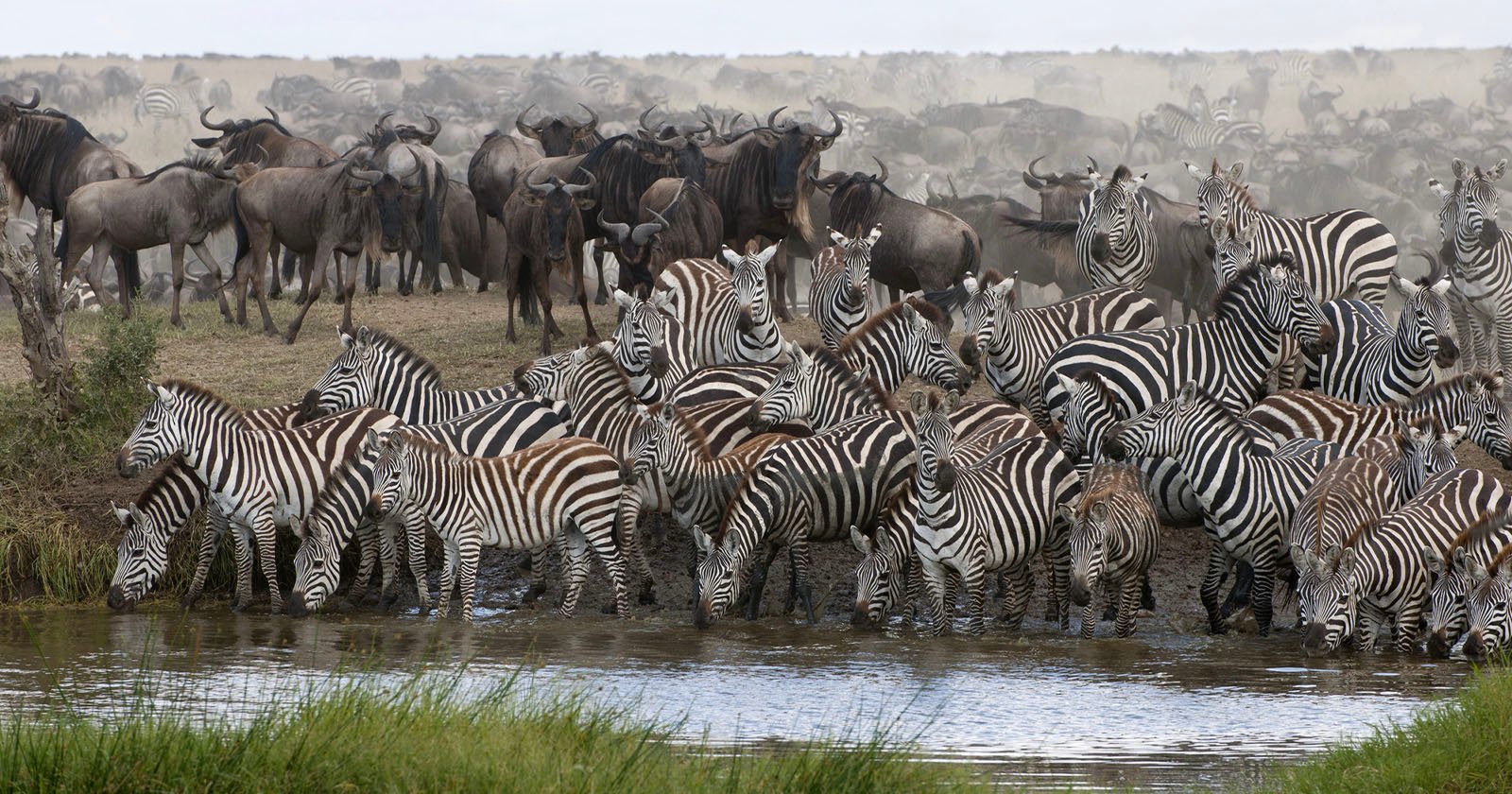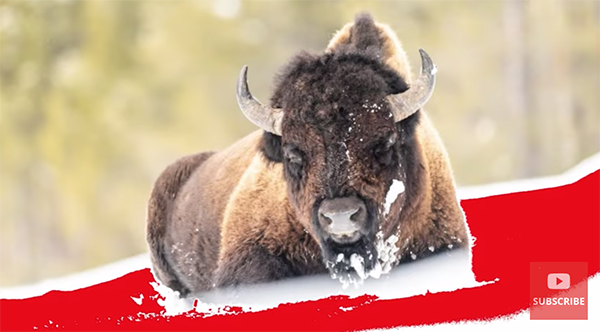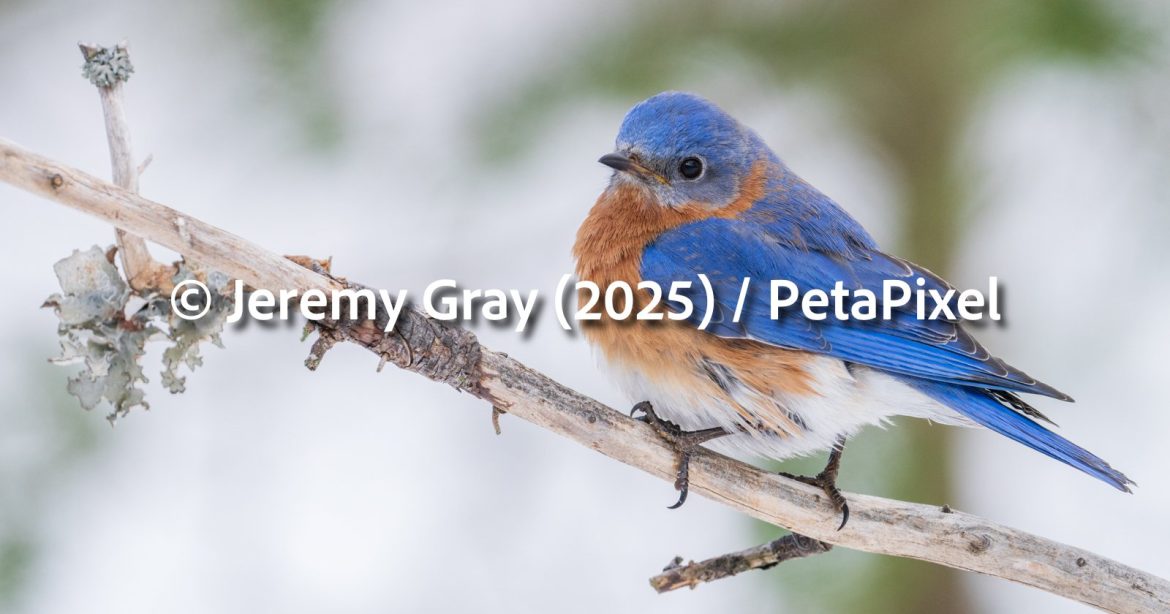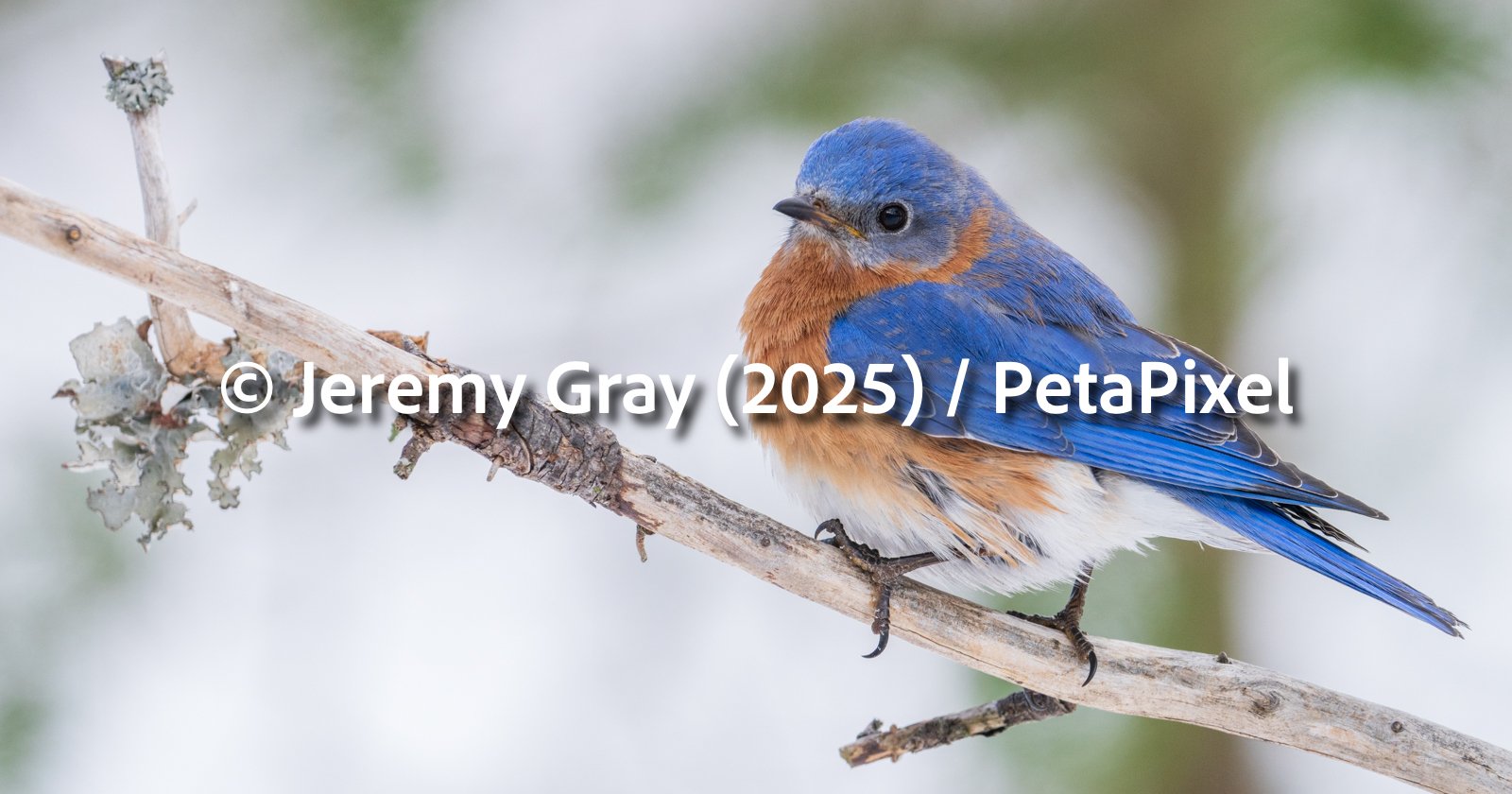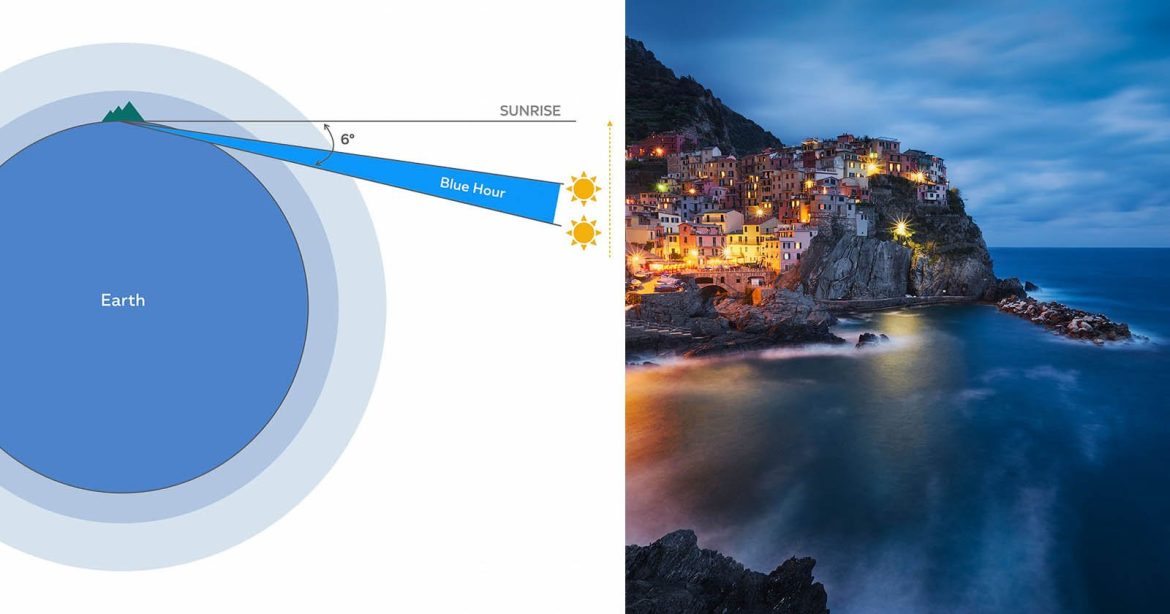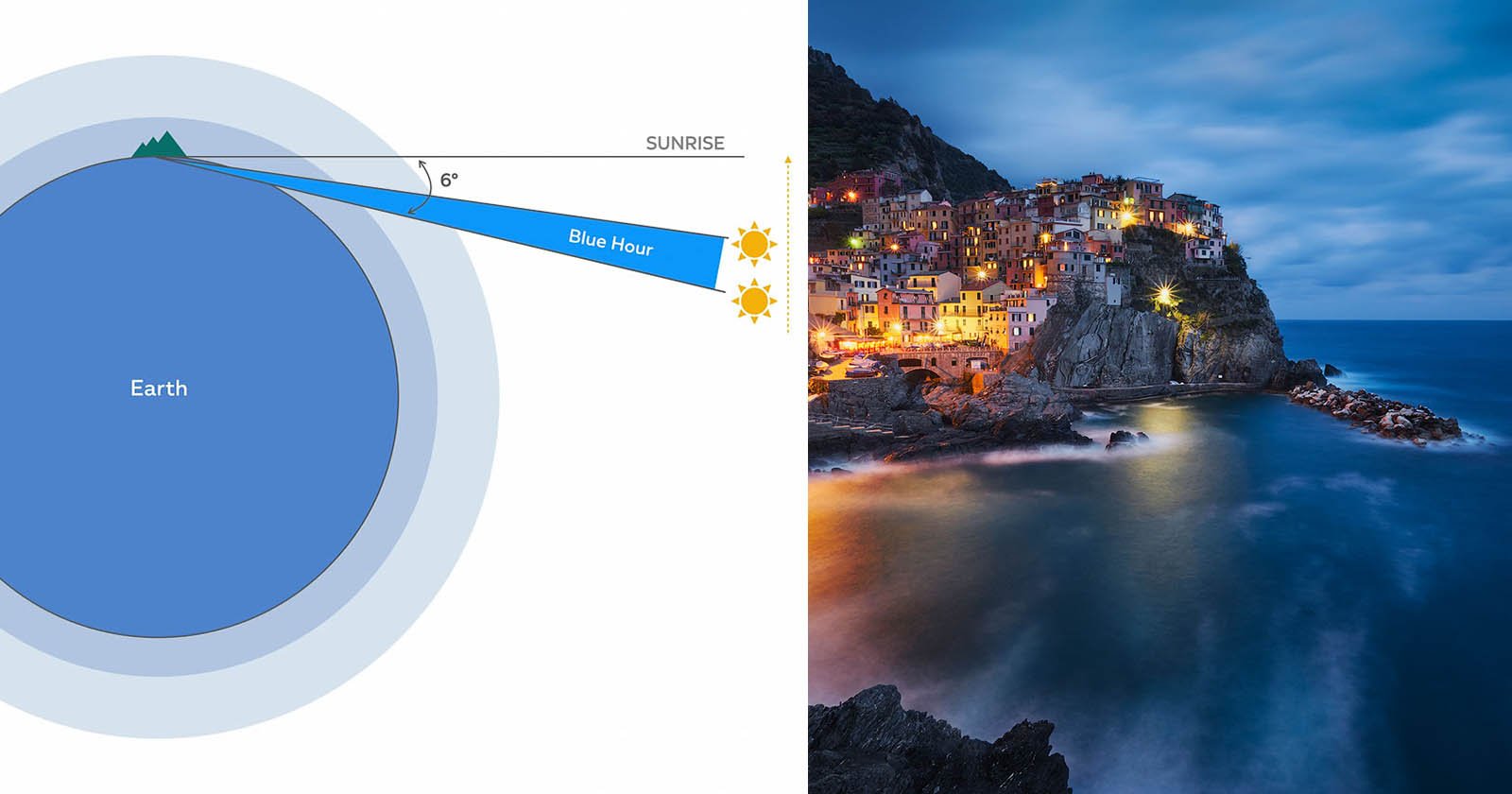The Center for Photography at Woodstock in Kingston, NY, announced its four eye-opening 2025 Vision Awards winners.
Photographer’s Heroic Portraits Get Shelter Dogs Adopted
Award-winning “dogtographer,” Kaylee Greer uses her camera skills to help adopt out shelter dogs by transforming them into portrait heroes.
Close-Up Filters Can Deliver Macro Photography On a Budget
French photographer and YouTube creator Mathieu Stern’s latest video discusses the wonderful world of close-up lens filters. Unlike some of Stern’s stranger topics, like working with the world’s blackest material and capturing travel photos with an infrared digital camera, close-up filters are something nearly every photographer might want to add to their kit.
Don't Ignore This Underrated & Versatile Lightroom Feature (VIDEO)
Lightroom is so full of powerful tools and capabilities that it’s understandable when inexperienced users overlook some very powerful features that not only provide more effective results but can streamline their post-processing workflow. Today’s Lightroom Classic tutorial from instructor Brian Matiash falls into the latter category and it’s all about what you can accomplish in Lightroom’s Versions panel.
Matiash is a very adept photographer and one of Adobe’s Lightroom Software Quality Engineers who shares weekly how-to videos for capturing better photos with any camera and editing them on any device. If you’re unfamiliar with Versions, here’s how he describes the concept: “Think of Versions as a hybrid between virtual copies and snapshots, except that the Versions you save will sync to the Cloud and be accessible in Lightroom Desktop, Mobile and Web.”
Now that he’s piqued your curiosity, Matiash shares several practical use cases for Versions, and “why it should absolutely be part of your everyday editing workflow.” He starts by demonstrating how to access Versions with all of Lightroom’s services, beginning with Lightroom Desktop and an icon on the lower right of the panel that looks like a clock with a counter-clockwise arrow. The keyboard shortcut Shift “V” will get you there in a hurry.

Once Versions is activated you’ll notice two tabs atop the screen, Auto and Named. Matiash chooses the latter for the purposes of this lesson “because this is where you can create Versions ad hoc.” There’s a slightly different method for accessing Versions when using Lightroom Mobile and on the web, and Matiash illustrates what they are.
Now that you’re set up and ready to go Matiash explains four ways that Versions will simplify your life, at least when sitting behind the computer. On example involves preserving previous edits, another is for applying different presets, and a third is for saving HDR and SDR Versions. You’ll also learn how to save different crops as their own Versions.
At the end of this episode Matiash shares a link to his comprehensive video that takes a deeper dive into everything that Lightroom’s Versions can help you accomplish with ease. You can also find other helpful post-processing tips and techniques by visiting his enlightening YouTube channel.

We also recommend checking out a recent image-editing tutorial we featured with another Adobe expert who demonstrates when, why and how to employ a simple time-blending technique that will enable you to create outdoor photographs with perfect tonal balance throughout the frame.
US Court of Appeals Unanimously Denies Copyright Protection for AI-Created Images
A unanimous federal appeals court ruled that pictures generated solely by machines do not qualify for copyright protection.
Hidden Cameras Reveal Animal Behavioral Change at Watering Holes
Hidden cameras secreted by researchers at watering holes in Africa have found that wild animals change their behavior according to when people are around.
5 Wildlife & Nature Photo Mistakes: How to Avoid Them (VIDEO)
The eye-opening tutorial below begins with a question from instructor Simon d’Entremont: “Do you find that some of your photos aren’t as good as you hoped, but you’re unsure exactly what’s wrong?” Maybe they’re blurry, lacking in detail, unsharp, or simply uninteresting. We’ve all faced this dilemma at one time or another, regardless of our skills.
According to Simon, a Canadian pro and Canon Ambassador, the culprit may be your failure to understand the top five beginner mistakes that photographers make, and he admits to being guilty of these mistakes himself. In fact, we all get things wrong on occasion, but the trick is learning the errors of your ways and not making the same mistake more than once.
Overexposed highlights are at the top of Simon’s list and show up in your photos as pure white areas that are completely devoid of detail; otherwise referred as “blown out.” Simon explains that this occurs “because your camera photosites (the light-collecting elements on a sensor) are exposed with so much light that they’re over full beyond the maximum amount of photons they can capture.”

Unfortunately, there’s no way to recover this lost detail, and if you try dropping exposure during post processing you simply get a darker white—a “solution” that’s not really a solution at all. The moral of the story is this: it’s essential to use correct camera settings to “expose whites that appear white but stop short of being blown out.” It’s easy to do this by following Simon’s advice.
Another major issue is inaccurate focus acquisition. Or as Simon says, “part of the image may be in focus, but it’s not the main subject of the photo.” As you’ll see, this may or may not be your fault because many older cameras don’t have sophisticated subject-tracking capabilities, eye-detection, or other modern features that help lock onto a subject with speed and precision. But once again, there are several things you can do with whatever camera you own.
The lesson continues with three more image-killing mistakes and effective solutions. One involves careless camera movement, another is failing to understand the limitations of certain lighting scenarios, and the third occurs due to a lack of effort in choosing the best angle from which to shoot.

There’s a lot more to learn about shooting and processing wildlife, nature, and landscape photographs on Simon’s instructional YouTube channel.
And be sure to watch the earlier tutorial we featured with an accomplished Australian pro who demonstrates several straightforward secrets for capturing stunning high-key bird photographs with a unique, minimalist look.
Google’s New AI-Powered Editing Photo Tool Will Remove Watermarks
In a concerning development, people have been using a new AI model released by Google to remove watermarks from photos.
Euclid Telescope’s First Survey Finds 26 Million Galaxies in Only One Week
The first survey data from the 600-megapixel Euclid space telescope is available now. The European Space Agency (ESA)’s data release features classified, detailed images of 380,000 galaxies and provide a look at the large-scale organization of the Universe’s cosmic web. Euclid observed 26 million galaxies in total in just one week.
Capturing Blue Hour in Landscape Photography
The difference between a good landscape photo and an extraordinary one often comes down to one thing: Light. And there’s a magical window of time, called the Blue Hour, that offers some of the most atmospheric, cinematic light in landscape photography. However, many photographers overlook or struggle to fully capture its unique potential.

